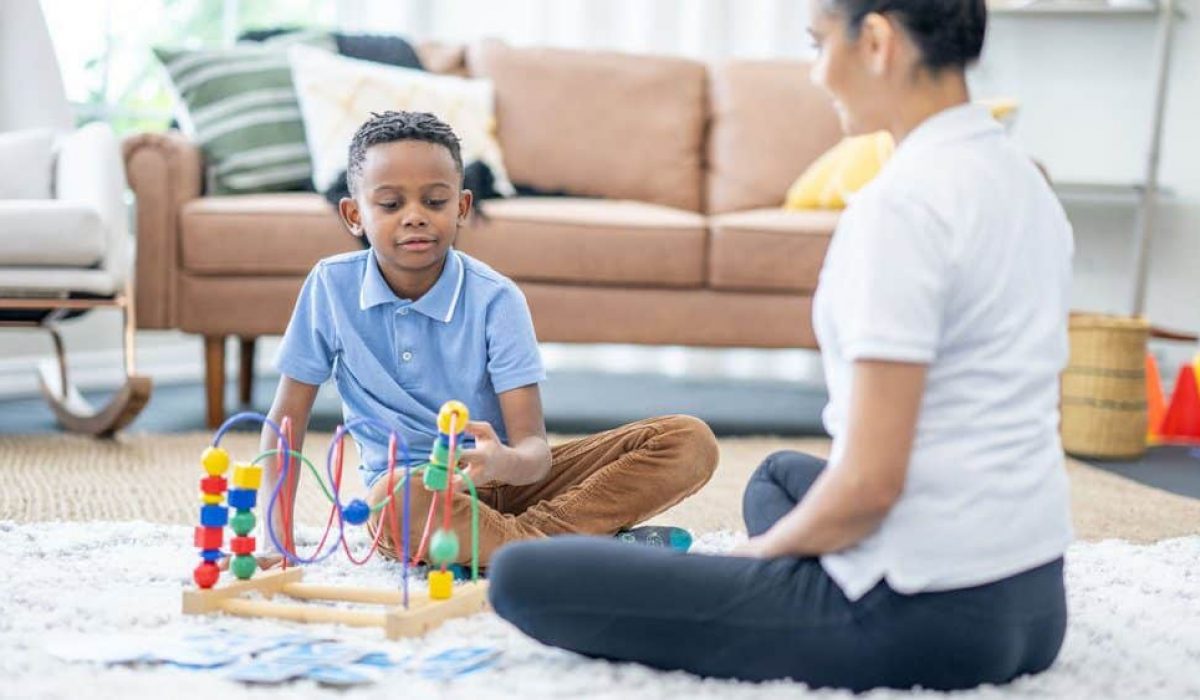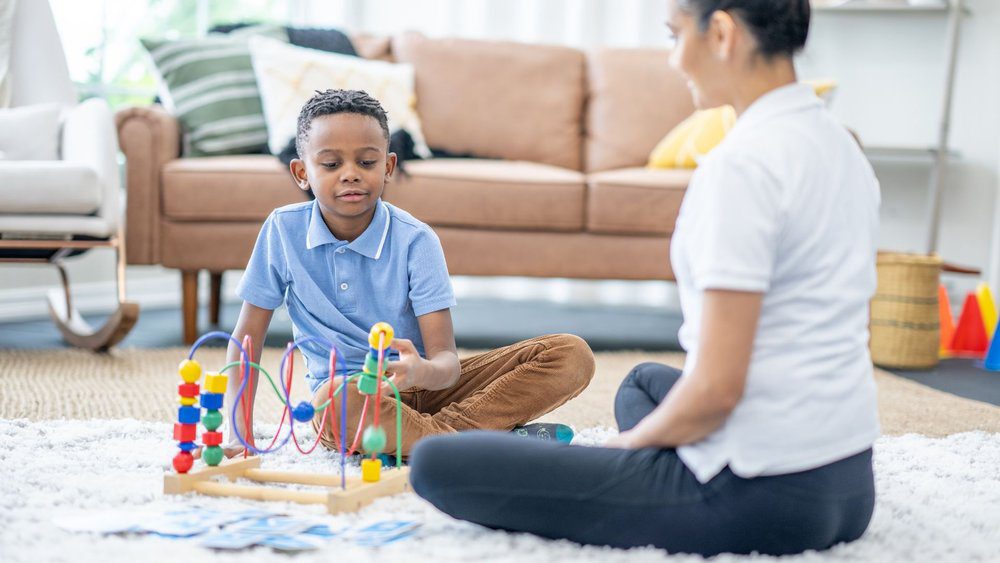In the intricate tapestry of childhood, trauma can weave its dark threads, leaving lasting imprints on young minds. Whether it’s the loss of a loved one, witnessing violence, or experiencing abuse, children are not immune to the effects of traumatic events. However, within the realm of therapeutic interventions, there exists a remarkable approach that speaks the language of childhood itself: play therapy.
Play therapy stands as a beacon of hope in the journey of healing for traumatized children. It harnesses the innate language of play to create a safe space where children can explore, express, and make sense of their experiences. From the outside, it might seem like mere child’s play, but beneath the surface lies a profound method of healing that empowers children to confront their trauma and emerge resilient.
In this article, we delve into the transformative power of play therapy, exploring how it serves as a catalyst for healing in the lives of traumatized children. From its foundational principles to real-life success stories, we uncover the therapeutic magic that unfolds within the playful realms of a child’s imagination. Join us as we navigate the labyrinth of trauma and discover how play therapy illuminates the path towards healing and wholeness for our youngest and most vulnerable.
The Foundations of Play Therapy
In the realm of therapeutic interventions for children, play therapy stands out as a cornerstone approach. Unlike traditional talk therapy, play therapy harnesses the natural language of childhood—play—to facilitate healing and growth in young minds. Understanding the foundational principles of play therapy is essential for grasping its effectiveness in helping children overcome trauma. In this section, we’ll delve into the key principles and theories that underpin this transformative approach, shedding light on why play therapy is uniquely suited to address the needs of traumatized children.
- Child-Centered Approach: At the heart of play therapy is the belief in the inherent wisdom and resilience of children. Play therapists adopt a child-centered approach, placing the child at the center of the therapeutic process. This means following the child’s lead, validating their experiences, and respecting their autonomy within the therapeutic relationship.
- Non-Directive Play: Unlike traditional therapy, where the therapist takes a more active role in guiding the session, play therapy adopts a non-directive approach. This means allowing the child to express themselves freely through play, without interruption or interpretation from the therapist. By providing a non-judgmental space for self-expression, children can explore their emotions and experiences at their own pace.
- Symbolic Expression: Children often lack the verbal language to articulate their thoughts and feelings directly. Instead, they communicate symbolically through play. Play therapists are trained to interpret the symbolic language of play, understanding that a drawing, a puppet show, or a game of make-believe can reveal deep insights into a child’s inner world.
- Therapeutic Relationship: Central to the success of play therapy is the therapeutic relationship between the child and the therapist. Building trust and rapport is essential for creating a safe space where children feel comfortable expressing themselves openly. Through empathetic listening, attunement, and unconditional positive regard, therapists cultivate a nurturing relationship that supports the child’s healing journey.
- Integration of Neuroscience and Psychology: Play therapy draws on insights from both neuroscience and psychology to inform its practice. Understanding the developing brain and the impact of trauma on neurological functioning informs the therapeutic interventions used in play therapy. By integrating the latest research findings, play therapists tailor their approach to meet the specific needs of each child.
The Language of Play: How Children Communicate Through Play
Play is the universal language of childhood—a vibrant tapestry of imagination, creativity, and expression. For children, play is not merely a pastime; it is a profound means of communication, a window into their innermost thoughts, feelings, and experiences. In the realm of play therapy, understanding this language is essential for therapists to connect with their young clients and facilitate healing. Let’s delve into the fascinating world of play and explore how children communicate through this dynamic medium.
Symbolic Representation
Children often use toys, objects, and scenarios symbolically to represent their inner world and external experiences. A doll might represent themselves or a significant person in their life, while a castle made of blocks might symbolize safety and security. Through symbolic play, children can express complex emotions and process difficult experiences in a safe and non-threatening way.
Metaphor And Storytelling
Play allows children to create narratives and stories that reflect their inner reality. Whether it’s acting out a scene with action figures or inventing a fantastical adventure, storytelling in play provides children with a means to explore themes of power, control, conflict, and resolution. By engaging in imaginative play, children can externalize their thoughts and feelings, gaining perspective and insight into their experiences.
Emotional Expression
Play provides a safe outlet for children to express and explore their emotions. Whether they’re jumping for joy on a trampoline or building a tower only to knock it down in frustration, children use play to communicate their feelings in a tangible and visceral way. Through play, therapists can observe the intensity and duration of emotional expression, gaining valuable insights into the child’s emotional world.
Role-Playing And Projection
Role-playing allows children to step into different roles and perspectives, offering them the opportunity to explore alternative ways of being and interacting with the world. Whether pretending to be a superhero, a doctor, or a parent, children use role-play to experiment with social roles, relationships, and problem-solving strategies. In doing so, they may project their own fears, desires, and conflicts onto their play characters, providing therapists with valuable clues about the child’s inner struggles.
Play Themes And Patterns
Patterns and themes often emerge in children’s play, reflecting recurring concerns, conflicts, or preoccupations. Whether it’s a persistent theme of separation and reunion in doll play or a repeated pattern of aggression in block-building, these themes offer valuable insights into the child’s underlying needs and concerns. By recognizing and exploring these play themes, therapists can help children make sense of their experiences and develop coping strategies.
Conclusion
Wake Counseling & Mediation in Charlotte, NC, United States, we firmly believe in the transformative potential of play therapy in aiding children to overcome trauma. Through our dedication and expertise, we have witnessed firsthand the profound impact that this therapeutic approach can have on young minds, allowing them to navigate and heal from their experiences in a safe and supportive environment. As advocates for mental health and well-being, we remain committed to providing innovative and effective interventions, ensuring that every child has the opportunity to thrive and flourish despite adversity. For inquiries, please contact us at 919-647-4600.


